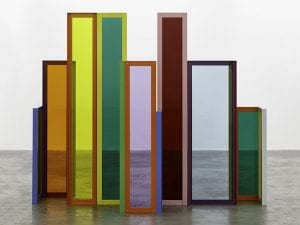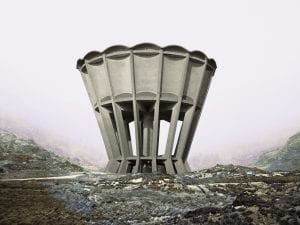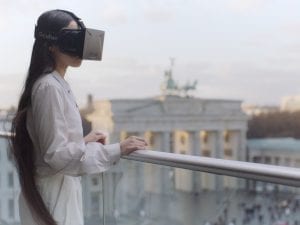Biennials are important moments in the cultural calendar – shaping contemporary artistic discourse, launching careers and connecting artists, curators, critics and enthusiasts. More than this, they capture the zeitgeist – often tackling urgent social and political issues. Venice Biennale, the oldest and most influential of these occasions, was organised for the first time in 1895 and immediately set the standard of what an art festival could do. Today, Venice continues to be known as a site for invention and new perspectives. These five art events, held across the world, follow in this rich tradition. Each one has something important to say. They consider community, political activism and identity in the 21st century, hosting hundreds of exhibiting artists as they come together to engage audiences in meaningful conversation.
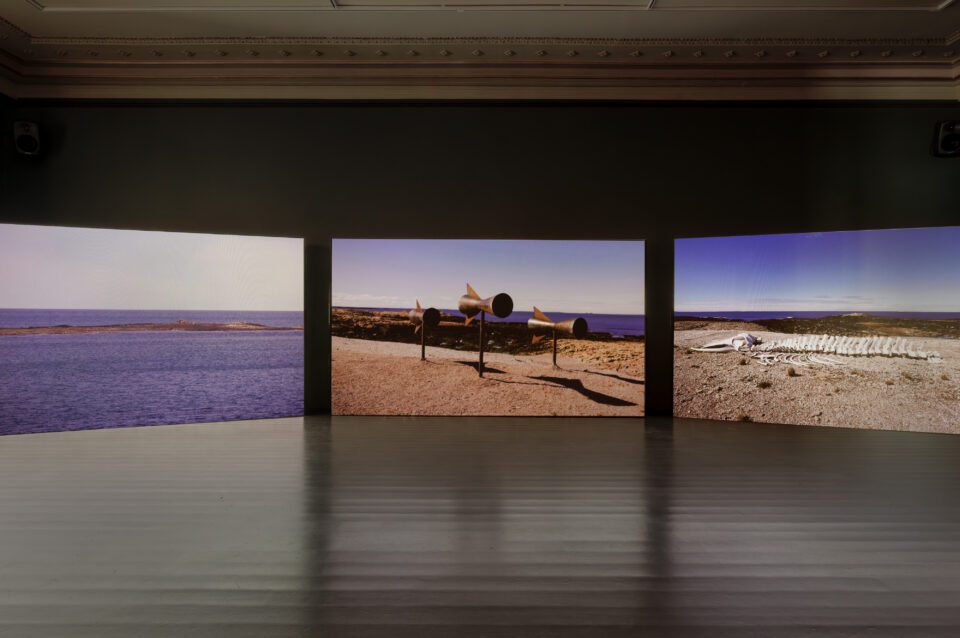
Various Locations, Moss | Until 12 October
Curator Morten Søndergaard describes the artists at MOMENTUM 13 as “sonic explorers, revealing the vibrations that shape our shared spaces.” The Nordic Biennale engages with the connections between art, sound and ecology. More than 30 artists and collectives bring this concept to life, offering a fresh perspective on familiar surroundings. Natasha Barett’s Talking Trees (2025) captures audio created by wind and nearby voices in the Alby forest and its shoreline, to create a real-time composition. The enhanced sound reveals often overlooked details: swaying trees, creaking branches, falling rain and distant tidal rhythms. Also featured is iconic French artist Christian Boltanski. Misterios (2017) is a multichannel video that documents a project made on the rocky coast of Bahia Bustamante in Patagonia. Three colossal trumpets produce a sound reminiscent of whale song as strong ocean winds pass through them.
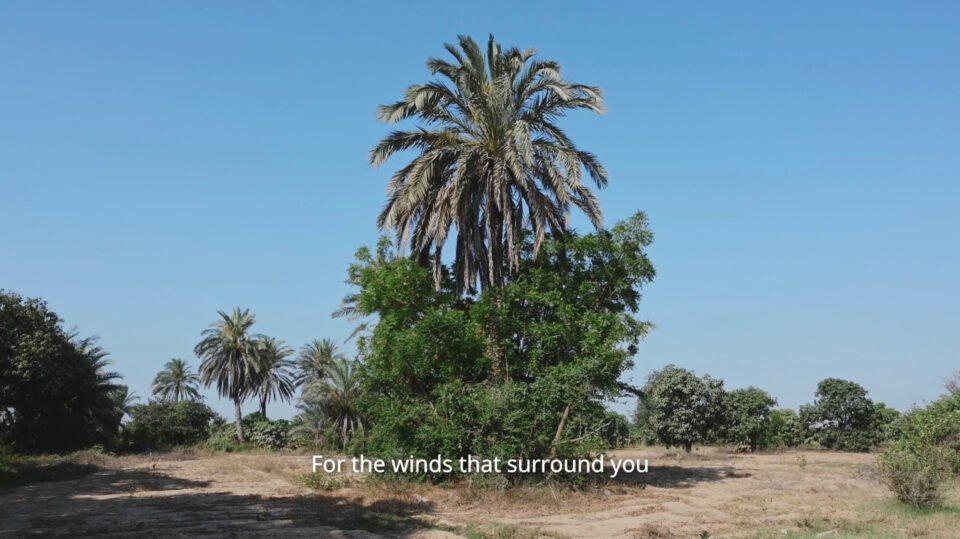
Various Locations, Berlin | Until 14 September
Red foxes were first sighted in Berlin in the 1950s and today, an estimated 2,000 live within the city limits. The 13th Berlin Biennale for Contemporary Art used the way the urban animal operates covertly in bustling city streets as the inspiration for 2025’s theme, which is an investigation of fugitivity. It examines the ability of works of art to set their own rules in the face of state sanctioned violence or unjust systems. There is a sense of complicity between artwork and audience – some pieces are conceived as clandestine acts, asking visitors to witness and pass on the message, whilst others are unexpected and ephemeral, not announced in advance and lasting for fleeting moments. One such example is Han Bing’s Walking the Cabbage in Berlin (2020/2025). Since 2000, has walked cabbages as well as other vegatables through public spaces, satirising the absurdity of political realities like militarisation and censorship.
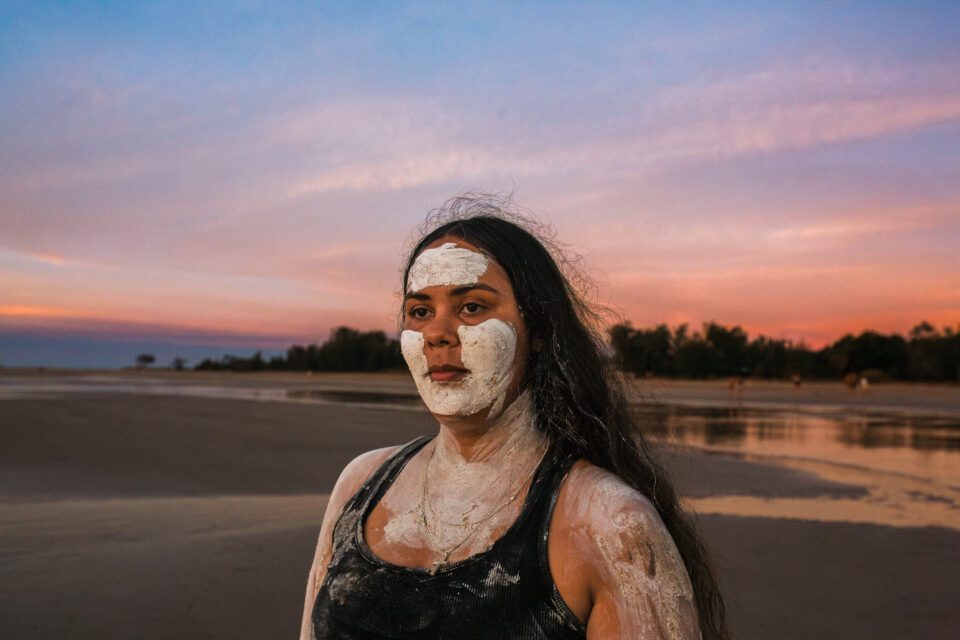
Ballarat International Foto Biennale
Various Locations, Ballarat | From 23 August
The Ballarat International Foto Biennial is enormous – welcoming 360 artists from across the world. The festival, which runs for eight weeks, includes Australian-exclusive exhibitions, world premiers and large-scale outdoor installations. British-Ghanaian artist Campell Addy leads this year’s programme with his groundbreaking exhibition, I Love Campbell. Addy’s images are about the beauty of humanity, difference and being seen. This show presents powerful portraits, fashion photography and intimate self-reflections that challenge convention and celebrate the beauty of multiplicity. Addy’s work has featured in publications such as Dazed, i–D, Rolling Stone Magazine, The Wall Street Journal, Time and Vogue. Other household names include Robert Mapplethorpe – whose renowned photographs are curated by former Vogue editor Edward Enninful – as well as artists Catherine Leroy and Lê Nguyên Phương.

Various Locations, Limerick | From 29 August
There’s a well-known proverb that says, “it takes a village to raise a child.” It references the community connection and support needed to bring up a family. The 41st edition of EVA International borrows from this notion. The title, It Takes a Village, focuses on ideas of collaborative partnership, social justice and historical repair. The works are hosted at diverse venues across Limerick city and the programme invites consideration of how we might contribute to a more shared and equitable future. Featured creatives include Palestinian artist Noor Abuarafeh, whose work imagines alternative mythologies and materials for the future; Reza Afisina, who uses video, performance, installation and his own body to explore physical and emotional pain; and Ana Bravo-Pérez, an artist that draws upon her own migratory and diasporic experiences to investigate suppressed narratives and collective histories.
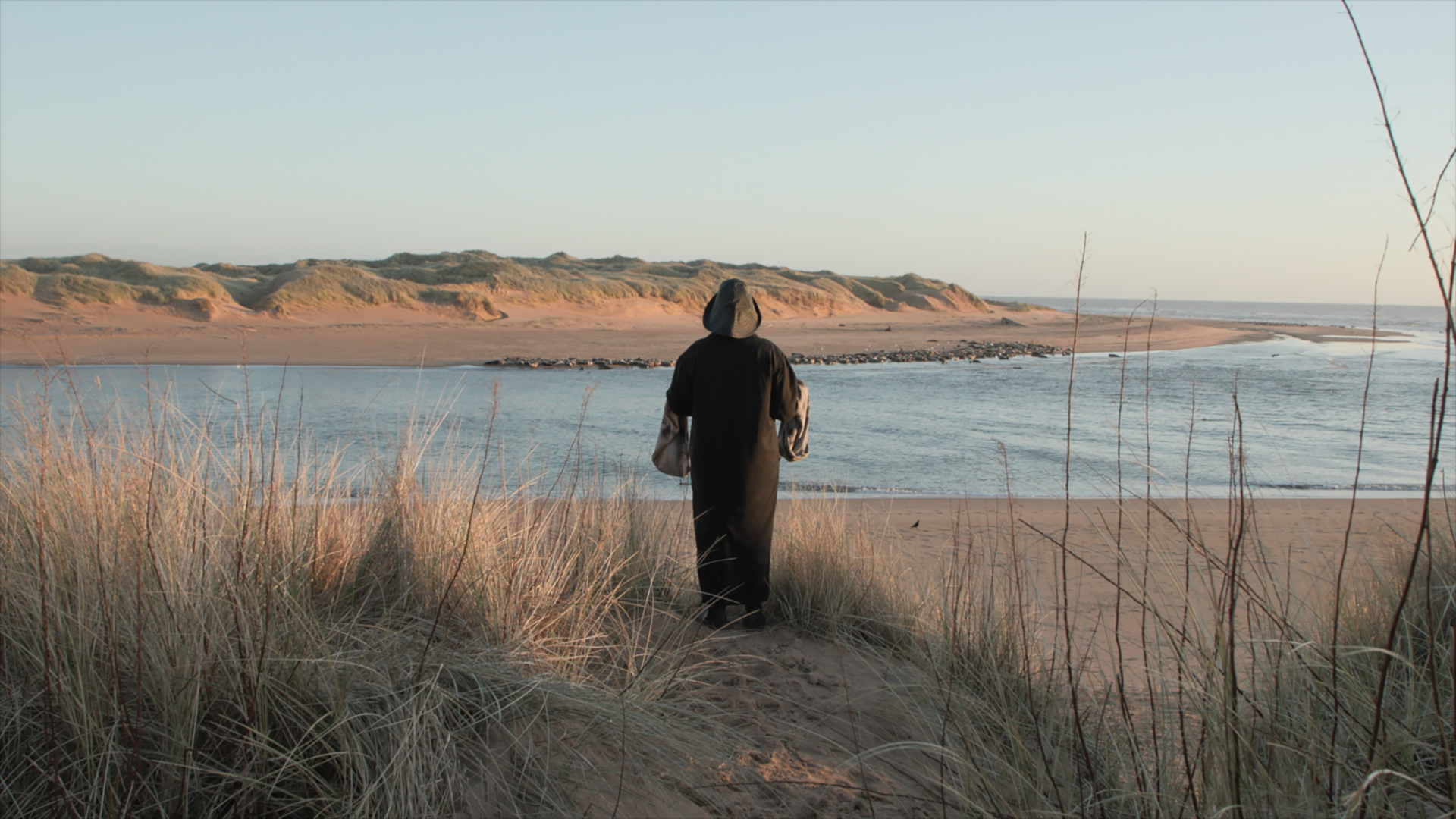
Various Locations, Folkestone | Until 19 October
Eighteen artists from around the world reimage the town of Folkestone through contemporary public art. Installations appear in streets and shorelines, disused railway lines, former customs houses and a costal lookout. These sites carry powerful stories of migration, environmental change and resilience that speaks to local experience and global conversation. Sorcha Carey, Curator of the Triennial, says: “This year, artists will engage with extraordinary and unexpected sites, creating works that spark new ways of seeing the landscape and our relationship to it.” Emeka Ogboh transforms the English Channel into an experience that can be heard, tasted and felt. The sound piece is shaped by scientific research, oral history and lived experience, beginning with the instant a prehistoric flood cut Britain off from mainland Europe. Elsewhere, Sarah Wood’s film is made from never-before-seen footage of artist Derek Jarman’s Prospect Cottage.
Image Credits:
1&6. Hanna Tuulikki, Seals-kin, 2022, film still. © Hanna Tuulikki Studio.
2. Misterios, 2017, 3 screen projection, sound, color; 12 hrs. Dimensions variable. Edition of 3.
3. Shahana Rajani, a cipher for the missing, 2022, video still © Shahana Rajani, 2940×1652 px, 1,45 MB.
4. Leicolhn McKellar, Shades of Aboriginality, 2018.
5. Eoghan Ryan, Video Still (Work in Progress) 2025. Courtesy of the artist.


